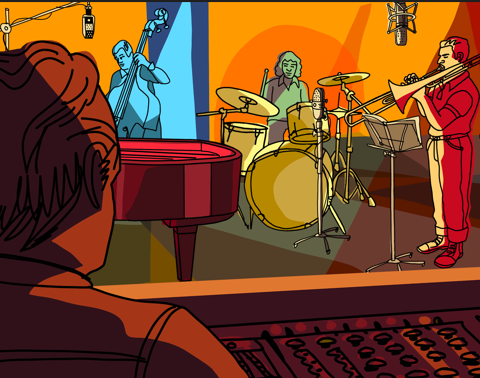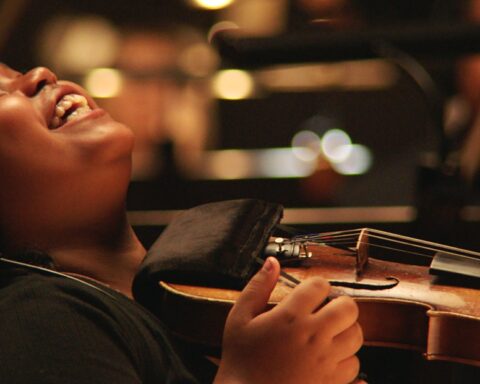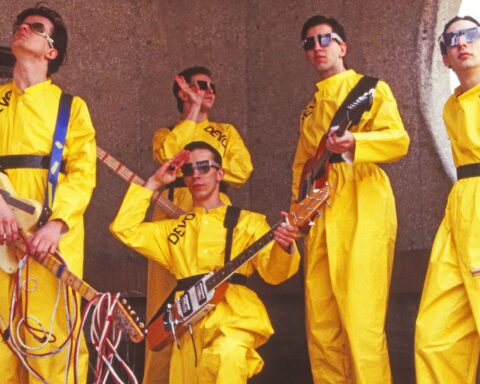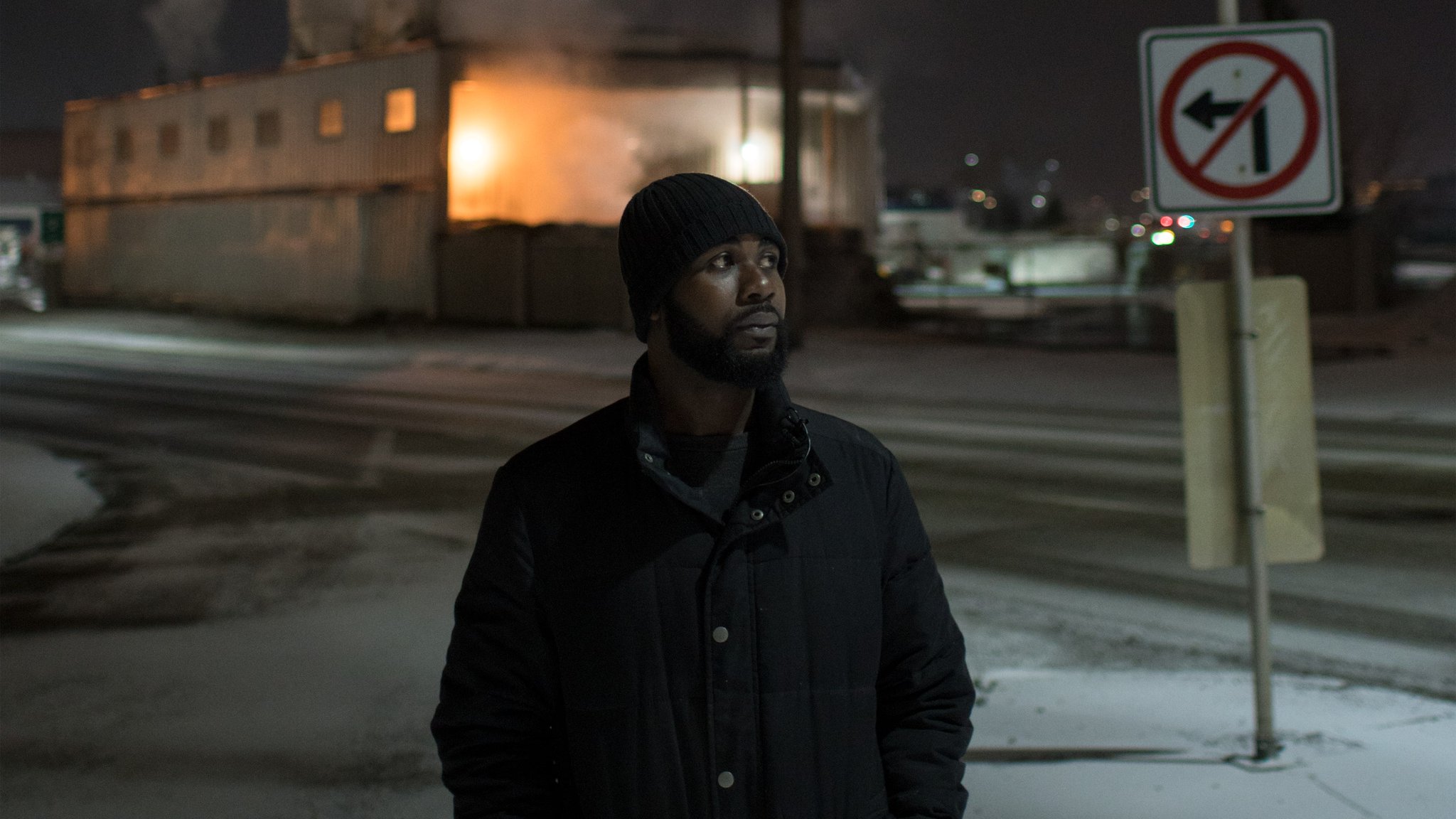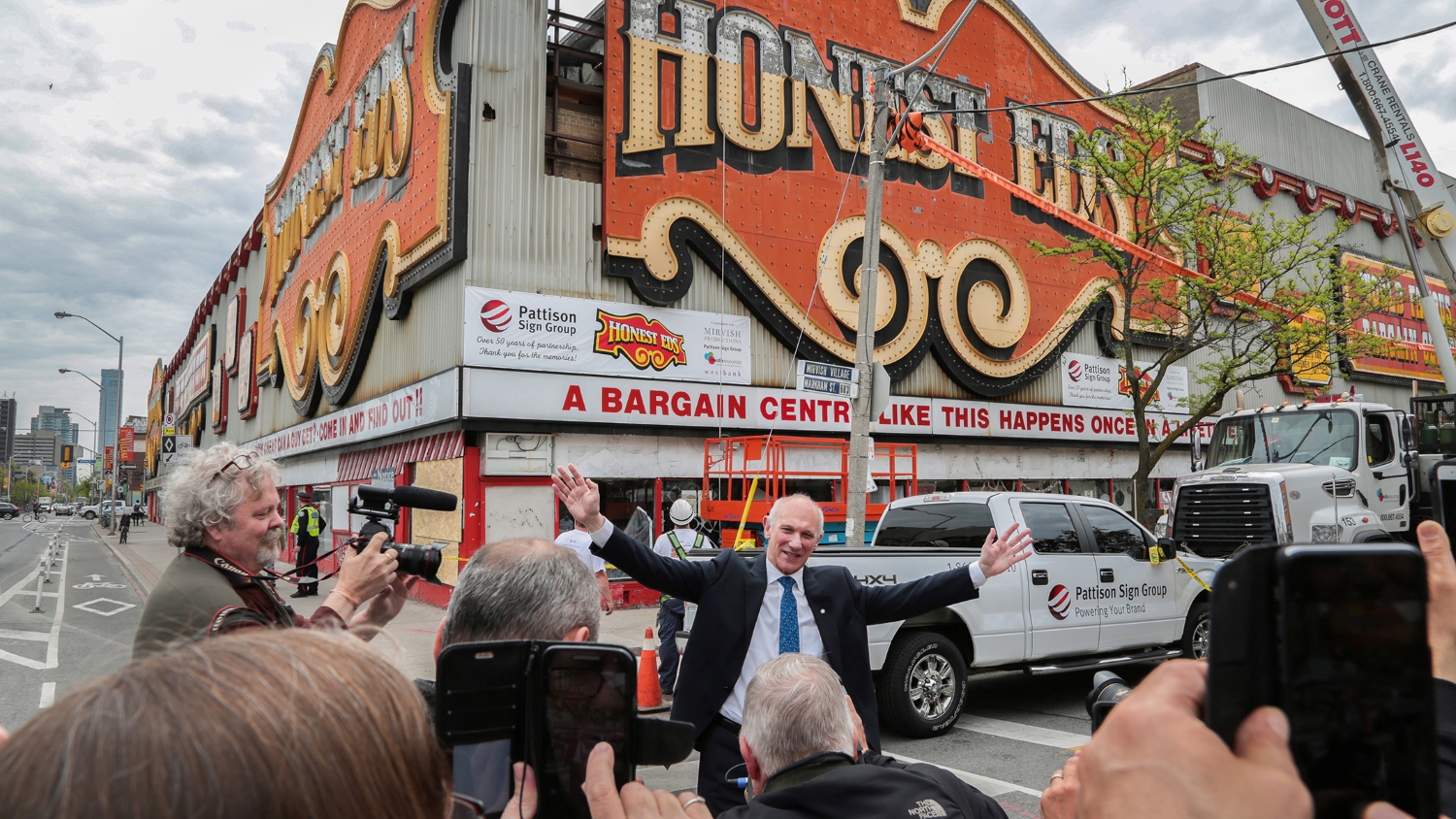White Riot
(UK, 80 mins.)
Dir. Rubika Shah
Eric Clapton is universally renowned as one of the world’s greatest blues guitarists. What often gets lost in the lore of the iconic musician is that he once held racist views that inadvertently sparked Britain’s biggest civil rights movement, Rock Against Racism. In the spirited documentary White Riot, director Rubika Shah reflects on how a group of ordinary punk rock loving folks took a stance against the anti-immigrant nationalist wave that threatened to drown the United Kingdom.
Expanding on her 2017 documentary short White Riot: London, Shah’s feature documentary debut offers a deep dive into the early days of Rock Against Racism (RAR) and the vital role it played in combating racism in both the music industry and politics. As RAR founder Red Saunders notes early in the film, the late 1970s was a volatile time in UK. The economy was in the toilet and those suffering the most were looking for someone to blame. It was the perfect soil for the far-right political party National Front to sow their seeds of racial division.
Fuelled by the anti-immigrant sentiment coming from members of parliament such as Enoch Powell, the National Front frequently peddled their “we’ll put white people first” rhetoric in the media. The party sold their far-right papers in front of schools, and actively canvassed the streets recruiting youth from struggling working-class families. However, it was influential musicians such as David Bowie, Rod Stewart and Eric Clapton aligning themselves with fascist views that allowed the flames of hatred to burn brightest. Clapton even went as far as openly asking fans at his 1976 Birmingham concert to vote for Powell.
Seeing the blatant hypocrisy of Clapton promoting a white nationalist agenda while having a successful career based on music that had roots in Black culture, Saunders decided to create Rock Against Racism to organize the “rank and file against the racist poison in music.” Starting with a small team that included typesetter Roger “Dub” Huddle, office manager Irate Kate, photographer Syd Tune and graphic designer Ruth “Pink Heart” Gregory, the group turned their love of music into grassroots action. They began publishing the music magazine Temporary Hoarding to speak out against racism and organized local concerts that featured Black and white musicians on the lineup together.
Rock Against Racism understood that diversity, regardless of whether it occurred in a magazine or at a punk show, was vital to dismantling bigotry and xenophobia. The more commonplace it is, the less menacing the concept of inclusion becomes.
As White Riot effectively captures, the racism that swept the UK at the time was predominantly a white problem. Immigrants and people of colour may have been burdened with it, enduring countless acts of violence and frequent police harassment, but it was white people who needed to be part of the solution and not just the cause. This is what Saunders and his fellow RAR members knew from the outset.
Shah’s film not only draws parallels to what was occurring in the UK with the apartheid era in South Africa, but also touches on the tools and systems that allow racism to thrive today. The documentary notes that the media is frequently complicit in giving those who peddle in anti-immigrant speech a platform—a rite of passage that is not afforded to those who dare utter anti-white doctrines.
While films dealing with injustice are often labelled as “timely,” as if there is ever a moment when issues relating to racial inequality is not front of mind for people of colour, the sense of rebellious urgency in White Riot is palpable. Much like the reverberating guitar cords that send the fans at RAR gigs into hysterics, the film’s warnings against remaining silent in the face of racism resonate. As the members of The Clash point out in one archival interview, their song White Riot was about white people needing to be just as upset about injustice as people of colour.
Though The Clash had always spoken out against poverty and inequality in their music, standing up to racism was something that made many people uncomfortable. Even those in RAR expressed concern for the safety of themselves and their families at various moments in their movement. White Riot serves as a necessary reminder that individuals, and not governments officials, are the real instruments for change. In a time where allyship is being put to the test, Shah’s film reinforces the importance of putting aside one’s own uneasiness for a much bigger cause.
Shaking folks out of their comfort zone, Rock Against Racism was the pulsing drum beat that called people to action. They used their platform to bring attention to anti-immigrant politics, question conventional views of sexuality and challenged musicians who used fascism as a tool for financial gains. RAR may have existed on the fringes, but it achieved more through its underground creativity than any could have ever imagined.
Playing like a living version of RAR’s Temporary Hoarding magazine, Shah’s film crackles with a raucous energy. Weaving together music, politics, animation and history, White Riot carries a punk infused swagger that is infectious. Filled with engaging interviews with RAR staff, musicians such as Poly Styrene of X-Ray Spex, Dennis Bovell of Matumbi, and archival footage of The Clash and the Tom Robinson Band to name a few, the film is a brisk and informative journey through a dark period in the UK’s recent history. Shah’s documentary will not only please those unfamiliar with the punk scene, but also those looking for stories of average people challenging the status quo.
White Riot is ultimately a story of reclaiming power. Shah’s film stresses the power that is within each individual to evoke change. Music may have been the vessel that helped Rock Against Racism bring people of different backgrounds together, but it was their message of being vigilant against racism that united them all. It just takes a few individuals willing to rise to the challenge for others to follow.
White Riot is now screening in virtual cinemas including Hot Docs Ted Rogers Cinema from Films We Like.




